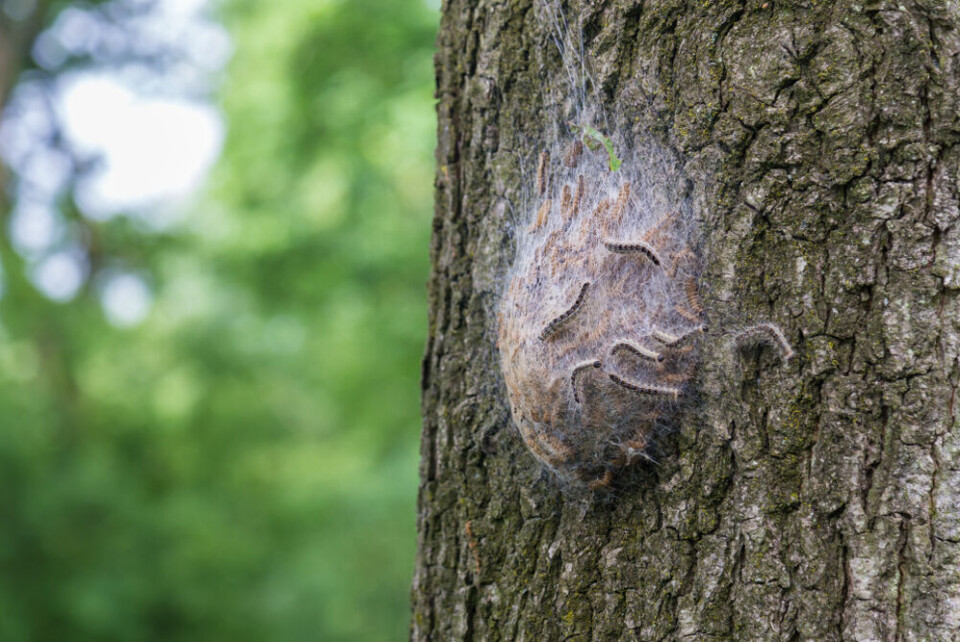-
How to help hedgehogs in your garden in France
Follow these tips to create a healthy ecosystem for this protected species
-
What are the rules on installing a cat flap or doggy door at my French home?
Local heritage rules must be respected
-
Photos: 22 bear cubs reported to have been born in Pyrenees in 2024
The current population is at a record, but the animals’ presence in the region is still hotly discussed
What to do if your pet is hurt by processionary caterpillars in France
Dogs are more likely to be affected than other pets, and must be treated quickly if they come into contact with the caterpillar’s defensive hairs

As the weather grows warmer in France, more processionary caterpillars are beginning to emerge from their treetop silk thread nests, forming their characteristic cavalcade as they head for the ground.
Read more:Local authorities act as toxic caterpillars appear again in France
The caterpillars will soon burrow underground to form their chrysalises and transform into moths, but first they will move in a line through the countryside.
The caterpillars are especially common in central Europe, and so are most frequently found in Grand Est, but also in Ile-de-France, Normandy and Brittany. In France there exist both oak processionary and pine processionary caterpillars.
Processionary caterpillars can pose a risk to humans and pets, as they are equipped with defensive hairs containing an irritant chemical that can be released if the creature is distressed. In humans these can cause allergic reactions presenting in the form of a rash on the hands, neck and face.
These reactions can sometimes be accompanied by breathing difficulties, especially if you have a condition such as asthma, in which case you are advised to get in touch with your doctor. If the caterpillar has any contact with your eyes it is also recommended that you consult a medical professional.
What should I do if my pet comes into contact with a caterpillar?
For pets, the risk can be more acute, especially among dogs and puppies, which are more likely to get close to the caterpillars and ingest the hairs. Incidents involving cats are more rare.
If a dog swallows the caterpillar hairs and they reach its stomach, they can cause poisoning and lead to vomiting. In this case, owners must take their pet to the vet.
The hairs can also cause inflammation to the dog’s tongue and gums, which leads to hypersalivation and potentially necrosis if left untreated.
“If you leave it, the tongue will become necrotic, gangrenous. A dog without a tongue cannot eat and will die,” vet Charles Perrochon told France 3.
“Treatments are effective but it is necessary to act fast. For certain dogs it passes quickly but others may enter into anaphylactic shock.”
Dr Perrochon recommends that owners take a bottle of water with them on dog walks so that they can wash out their pet’s mouth and eyes if they have been in contact with the caterpillars.
“Then you must consult your vet.”
The season during which processionary caterpillars can be found on the ground normally lasts for a few weeks in early spring.
Related articles
Two types of processionary caterpillars gaining ground in France
French town uses pheromone guns to stop toxic caterpillars reproducing
























